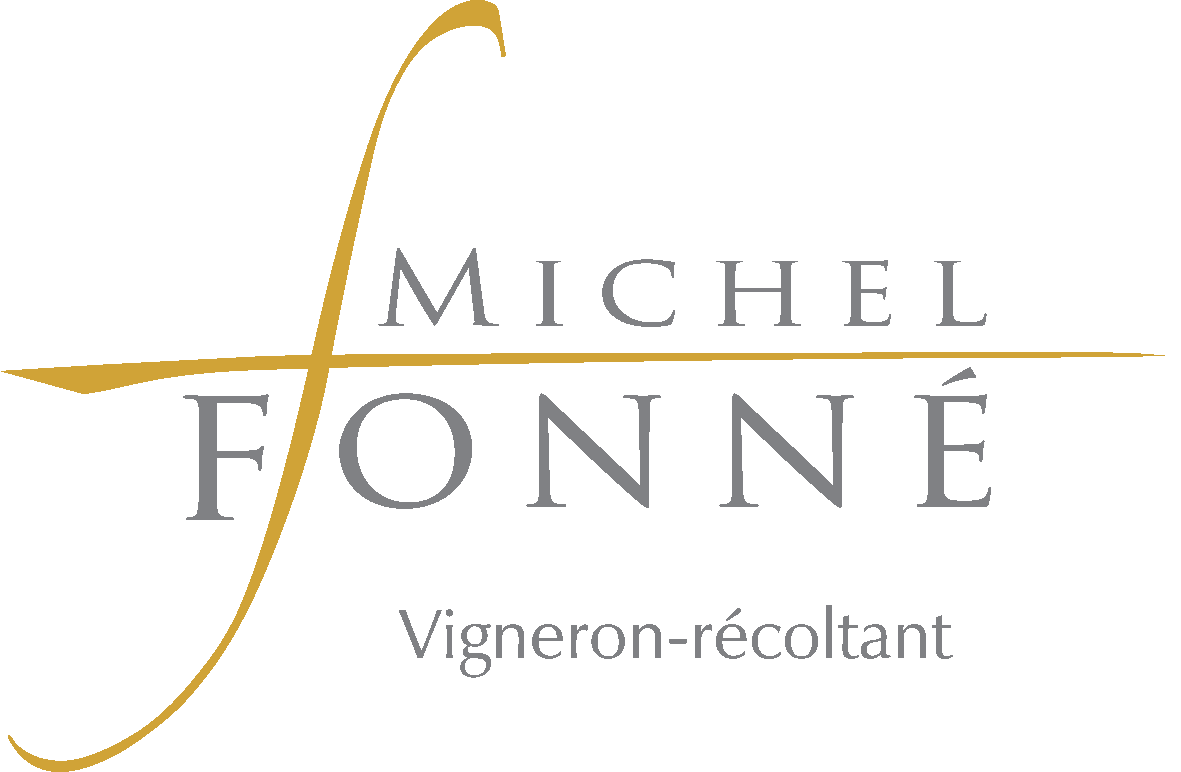WHITE WINES

The grapes are harvested once we consider that they have reached the right level of ripeness: balance between sugar and total acidity (and concentration of aromas for aromatic grape varieties). The grapes are picked by hand, with great attention paid to sorting. The harvest is stored in containers until it arrives at the estate, where the grapes are put in the press.
For a number of years now, we have been working with a pneumatic membrane press that extracts the juice very gently; the pressure is low, and the cycle lasts several hours.
Throughout the pressing process, the must is regularly pumped into one of our stainless steel tanks at a low temperature (around 10°C). After 48 hours, the must is racked to remove the largest residues and deposits.
This is when the yeasts naturally present in the grapes break down the sugars, transforming them into alcohol: alcoholic fermentation begins! This is the most important stage in the winemaking process, taking place over just a few days for some wines, or several months for others. The duration is specific to each harvest, each vat, each plot, each grape variety.
Some white wines can also undergo malolactic fermentation naturally and spontaneously. The transformation of malic acid into lactic acid results in a wine with less acidity and more roundness. Once fermentation is complete, the wine is racked (to remove fermentation residues such as dead yeast), followed by sulfiting (for protection).
Aging can then begin: for several months, the fine particles suspended in the wine gently settle to the bottom of the vat, forming the lees. During this stage, the wine's character, color and expression become more pronounced. Our Grands Crus and Vendanges Tardives are aged in wooden tuns.
The wines are stabilized and clarified by filtration before bottling. The lees are removed, impurities extracted, and a final analysis carried out to ensure the wine's analytical characteristics. After all this, the wine is ready for bottling!

Some small clarifications on the sweetness of the wines!
A dry wine (containing less than 4g/L residual sugar) is one in which fermentation is complete, i.e. all the sugars have been broken down into alcohol. On the other hand, in a semi-dry, semi-sweet or sweet wine that still contains residual sugar, fermentation is not complete (this may be voluntary or natural).
RED WINES
Vinification of Pinot Noir differs from that of white grape varieties as soon as the harvest is complete. The grapes are not pressed on arrival at the winery. Maceration is required to extract the color of the grape skins (Pinot Noir juice is white, and it's only when it comes into contact with the skins that it changes color), as well as other molecules contained in the berries.
The grapes are crushed (the juice is released by perforating the berries) and partially destemmed (the stalks are removed from the bunch). These two operations have very specific objectives:
- destemming improves tannin extraction and increases the color intensity of the must
- crushing facilitates maceration and promotes contact between juice and solid particles


Maceration takes place simultaneously with alcoholic fermentation, generally over a period of fourteen days, determined by tasting and analytical results. The wine is then pressed and malolactic fermentation begins.
Once fermentation is complete, the wine is racked (to remove fermentation residues, notably dead yeast), followed by sulfiting (for protection).
Aging can then begin: for several months, the fine particles suspended in the wine gently settle to the bottom of the vat, forming the lees. During this stage, the wine's character, color and expression become more pronounced.
Before bottling, the wines are stabilized and clarified by filtration. After this process, the wine is ready for bottling!
CREMANTS
Crémant is a sparkling sparkling wine made using the traditional method, and differs from a white wine when bottled. At this point, a mixture of yeast and sugar, known as liqueur de tirage, is added to the wine. The famous "prise de mousse" corresponds to the consumption of sugars by the yeasts to form carbon dioxide and ethanol; in other words, a second alcoholic fermentation, this time in the bottle.
Bottles are hermetically sealed and stored horizontally "sur lattes" for a minimum of 12 months. This "on-latte" period is decisive for the quality of the product: the longer the wine is in contact with the yeasts, the more complex, subtle and refined the aromas will be.
At the end of this ageing period, and before the wine is marketed, the yeasts are removed, forming a deposit in the bottle. To do this, a process lasting several days is used to move the bottles from the horizontal to the vertical position, known as "sur pointe"; the deposit is then in the neck of the bottle.

The second step is to place the neck of the bottle in a freezer tray to form an ice cube. The bottles are then turned right-side-up, uncapped and freed of the yeast caught in the ice cube. The volume is levelled with the Vigneron's signature liqueur d'expédition, a subtle blend of sugar and wine. Finally, the bottle is corked and muzzled to prevent the cork from popping out under pressure.
